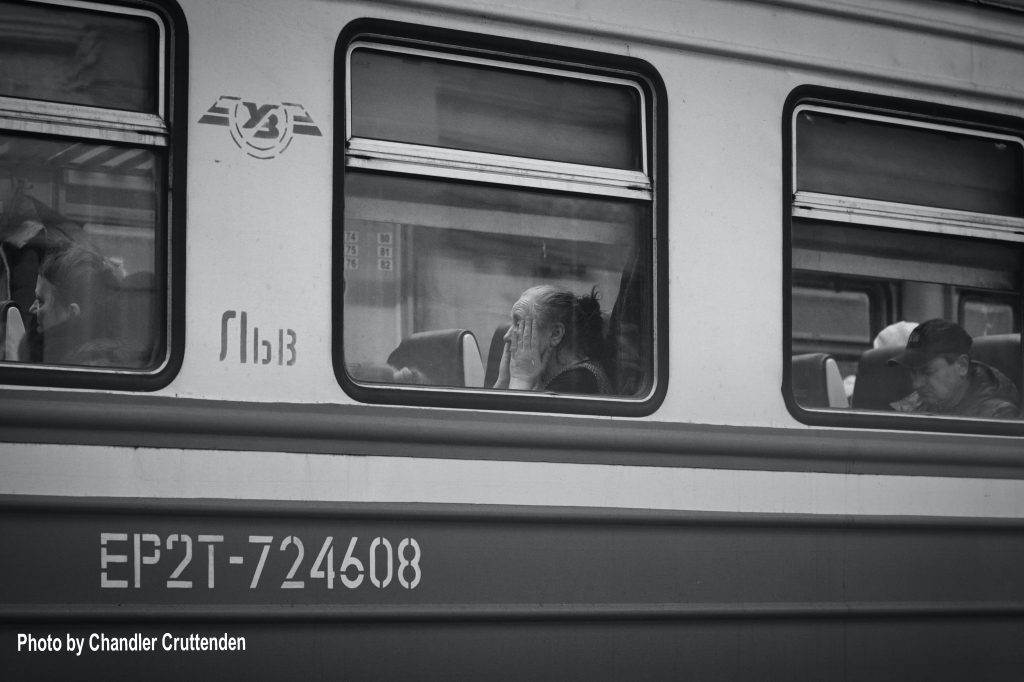Another Russian War Crime: ‘Extremely Likely’ that Romani Children are Among the Thousands of Minors Abducted from Ukraine
06 March 2023

New research by ERRC points to the extreme likelihood that Romani children formerly in state care are among the many thousands of youngsters forcibly abducted by the Russians, in what has been described as a cruel and inhumane policy that bears the characteristics of genocide.
More than 6,000 children from Ukraine aged between four months and 17 years have been forcibly relocated by the Russians and held at camps and other facilities since the full-scale invasion on 24 February 2022, according to a newly published report Yale School of Public Health’s Humanitarian Research Lab (HRL).
Children are being held in a network of 43 re-education and adoption facilities in Russia-occupied Crimea and mainland Russia. At least 32 of the recreational camps engage in systematic political re-education where children are exposed to Russian patriotic programs and military education, while others are facilities used to house children put up for foster care or adoption in Russia.
The numbers may be far greater: Ukraine’s prosecutor general, Andriy Kostin, said that his teams have documented more than 14,000 Ukrainian children forced into adoption in Russia, and described it as a “direct policy aimed at demographic change by cutting out Ukrainian identity”, actions he described as characteristics of the crime of genocide.
Last July UNHCR head Filippo Grandi expressed concern ithat Ukrainian children had been taken from orphanages in the eastern Donbas region and ‘forcibly deported’ to Russia. There was also concern Moscow was ‘modifying existing legislation’ to fast-track this process. The German and Dutch foreign ministers condemned Russia for what they called a ‘cruel’ and ‘inhumane’ policy that is ‘tearing families apart’.
New, soon to be published research by the ERRC suggests that Romani children formerly in state care are among the ‘stolen children’. Unaccompanied children and children from state care institutions are at higher risk of illegal adoptions. The lack of ethnically disaggregated data means that it is impossible to give a precise number, but due to the high percentage of Roma in Oblasts such as Donetsk and Luhansk and the more general overrepresentation of Romani children in state care, “it is extremely likely that there were Romani children in the child care institutions in the occupied territories and a strong likelihood that many have been deported to Russia.”
In time of war: the fate of Romani children in state care
The latest ERRC report, In Time of war: Romani Children in State Care in Ukraine provides a comprehensive account of what happened to these children in the chaos of full-scale war. The absence of clear government-approved procedures in the first weeks following the Russian invasion resulted in uncoordinated responses such as untimely evacuations or failure to evacuate institutions close to combat zones or occupied territories; or the instant return of children to their family homes without prior risk assessment.
Former Minister of Social Policy, Maryna Lazebna, criticised the shortcomings of the institutions in the wake of the invasion: “Some managers of institutions where children are kept around the clock refuse to transfer them to safe places, do not coordinate their actions with regional military administrations and central executive authorities. This is not an issue that can be debated. Children must be protected.”
Tragically, many children were not evacuated in time and remained stuck in territories occupied by the Russian forces. Some children were returned to their parents who subsequently missed the chance to be evacuated in time from towns which fell to the occupiers just days after the invasion.
However, most Romani children who were in children’s homes and other state care establishments have either been evacuated to the safe regions of Ukraine and are held in the institutional premises on those territories, or they were evacuated abroad. They face the same challenges as other Ukrainian children in state care: limited access to education, poor living conditions due to overcrowding and a lack of quality care.
Being evacuated abroad comes with its own risks for vulnerable children, including the many Roma at risk of statelessness. The European Parliament stated in its Resolution on the EU’s protection of children and young people fleeing the war in Ukraine that “children in forced migration are at increased risk of statelessness due to issues linked to obstacles to birth registration in their country of origin or during displacement and a lack of recognition of their parents’ statelessness; whereas this risk is exacerbated for unaccompanied children in view of obstacles to documentation and registration, including lack of proof of family links.”
For the thousands of children abducted by the Russians, the prospects remain grim. The authors of the Yale report found that this criminal operation is centrally coordinated by Russia’s federal government and involves every level of government in operating and politically justifying the program; that parents have been unable to get information about their child’s status or whereabouts, and it remains unknown exactly how many of Ukraine’s children remain captive in Russia.




